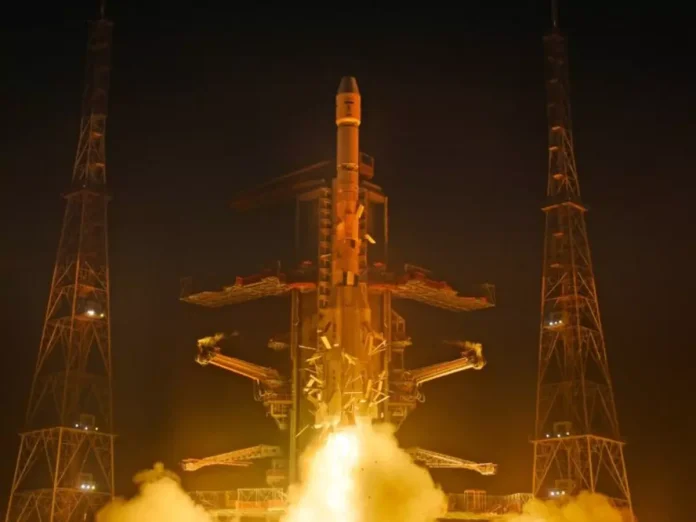A historic milestone was achieved for the Indian Space Research Organisation (ISRO) after its successful launch of GSLV-F15 through which the NVS-02 navigation satellite reached orbital space. ISRO celebrated its landmark 100th mission through this launch which occurred on January 29th, 2025 morning at Sriharikota in Andhra Pradesh while marking the beginning of ISRO Chairman Dr. V. Narayanan’s strategic new era. The space agency achieved an important milestone through this launch which followed years of satellite development starting from 1979 when India initiated its first satellite launch mission.
In his post-launch speech, Dr. Narayanan acknowledged this achievement while remembering the visionaries such as Vikram Sarabhai and APJ Abdul Kalam. India’s progress toward space exploration starts from this moment because the country keeps pushing its boundaries in aerospace advances. The GSLV-F15 rocket together with its indigenous cryogenic stage represents India’s extended mission to boost national space exploration abilities.
What ISRO wants to achieve in future
Future plans at ISRO involve Moon and Venus expeditions together with the establishment of an Indian space station. As part of their ongoing development efforts, the space agency works on building the Next Generation Launch Vehicle (NGLV) which will be able to transport payloads weighing up to 30,000 kilograms to low Earth orbit. A new facility for launch pad development has received government approval through plans to establish capabilities for future human spaceflight.
The agency grows more inspired with its substantial innovation drive as ISRO aims for another 100 launch successes during the next five years.



